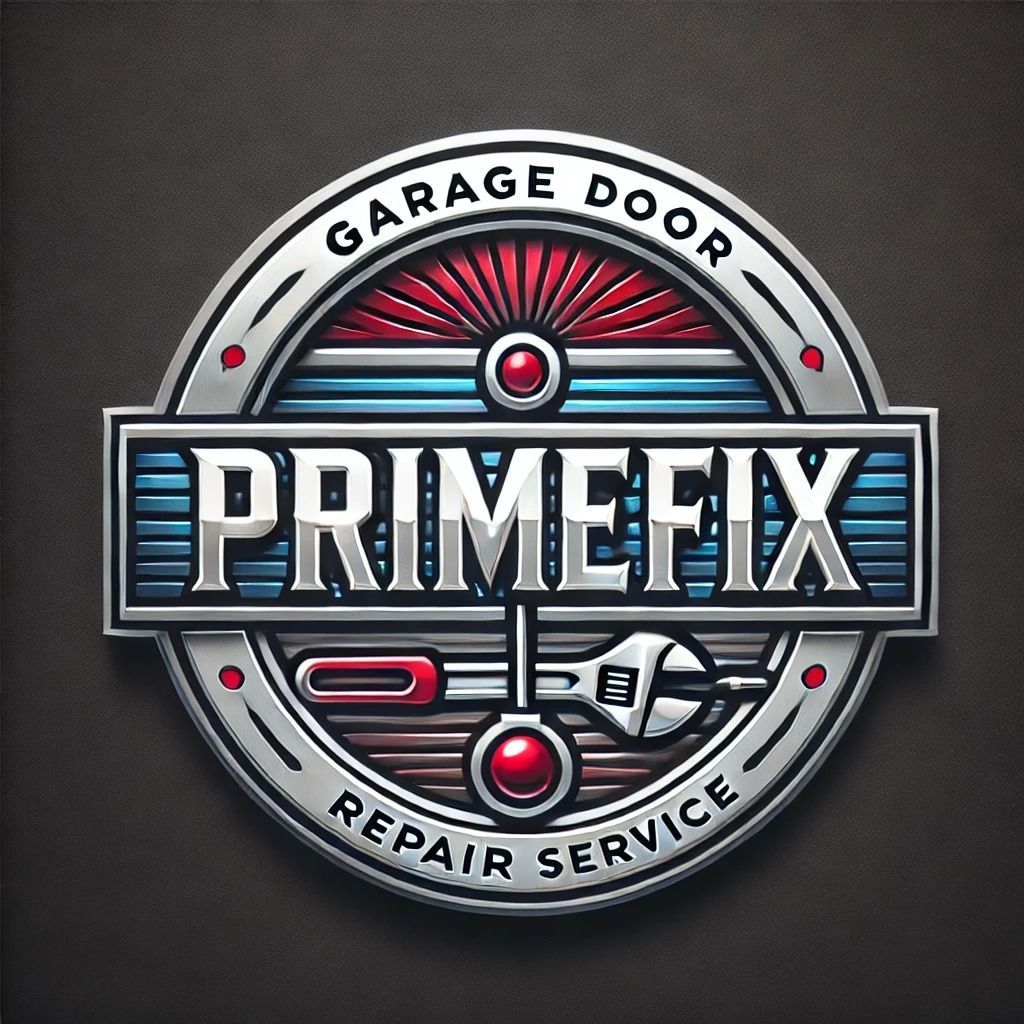Garage Door Bearings
A smoothly operating garage door is essential for both convenience and safety. Central to this functionality are the garage door bearings, which facilitate the seamless movement of the door. Over time, these bearings can wear out, leading to noise, jerky movements, or even complete failure. This guide delves into the importance of garage door bearings, signs of wear, and provides a step-by-step approach to maintenance and replacement.
Understanding Garage Door Bearings
What Are Garage Door Bearings?
Garage door bearings are components that reduce friction between moving parts, ensuring the door opens and closes effortlessly. They are typically located:
- End Bearings: Positioned at the ends of the torsion tube, supporting the weight of the door.
- Center Bearings: Located at the center of the torsion spring system, aiding in balanced movement.
Importance of Well-Maintained Bearings
Properly functioning bearings:
- Enhance Longevity: Reduce wear on other components, extending the overall lifespan of the garage door system.
- Ensure Safety: Prevent unexpected door malfunctions that could pose safety hazards.
- Reduce Noise: Minimize squeaks and grinding sounds during operation.
Signs of Worn-Out Bearings
Identifying bearing issues early can prevent costly repairs. Look out for:
- Unusual Noises: Grinding, squeaking, or rattling sounds during door movement.
- Jerky Movements: The door doesn't open or close smoothly.
- Visible Wear: Rust, corrosion, or obvious damage on the bearings.
- Imbalanced Door: One side of the door appears lower than the other
Importance of Regular Maintenance
Regular maintenance of garage door torsion springs extends their lifespan and ensures safe operation:
- Lubrication: Applying a silicone-based lubricant reduces friction and prevents rust.
- Inspection: Regularly check for signs of wear, corrosion, or misalignment.
- Balance Testing: Disconnect the opener and manually lift the door halfway; if it stays in place, the springs are balanced.
- Professional Tune-Ups: Annual inspections by professionals can identify and address potential issues before they escalate.
Steps to Replace Garage Door Bearings
Safety First: Always disconnect the garage door opener and ensure the door is in a stable position before starting any repairs.
1. Gather Necessary Tools
- Wrenches
- Pliers
- Replacement bearings
- Lubricant
- Safety gloves and goggles
2. Release Tension from the Springs
- Caution: Torsion springs are under high tension. It's advisable to consult or hire a professional if you're unfamiliar with the process.
- Use winding bars to carefully release tension from the springs.
3. Remove the Old Bearings
- Detach the torsion tube from the brackets.
- Slide off the old bearings from the tube.
4. Install New Bearings
- Place the new bearings onto the torsion tube.
- Reattach the tube to the brackets securely.
5. Reapply Tension to the Springs
- Using winding bars, carefully reapply tension to the torsion springs.
- Ensure the springs are balanced to maintain even door movement.
6. Test the Garage Door
- Reconnect the garage door opener.
- Operate the door several times to ensure smooth and quiet operation.
Maintenance Tips for Prolonged Bearing Life
- Regular Lubrication: Apply appropriate lubricant to the bearings every six months.
- Routine Inspections: Check for signs of wear or damage monthly.
- Keep Components Clean: Remove debris and dust that can cause friction.
- Professional Check-Ups: Schedule annual inspections with a garage door specialist.
Maintaining your garage door bearings is crucial for the efficient and safe operation of your garage door. By staying vigilant for signs of wear and performing regular maintenance, you can prevent unexpected malfunctions and extend the lifespan of your garage door system. Remember, when in doubt, always consult with a professional to ensure all repairs are conducted safely and effectively.

